Click! That sound marks the start of keeping a moment forever. Behind every great photo stands the right camera, waiting to be found. Like picking the perfect tool for a job, finding your ideal camera means knowing what’s out there.
From the classic mirror-flip of DSLRs to the pocket-sized wonders of smartphones, each camera type tells its own story through the images it creates.
Some cameras will feel just right in your hands, while others might not match your photo style.
This guide walks you through different camera types, showing you what makes each one special.
By the final page, you’ll know exactly which camera belongs in your hands for the photos you want to take.
1. DSLR Cameras
DSLR cameras (Digital Single Lens Reflex) use a mirror mechanism that allows photographers to see exactly what the lens captures through an optical viewfinder.
When you press the shutter button, the mirror flips up, letting light hit the digital sensor to record your image.
Best For: Professional photographers, photo fans, and serious hobbyists who want top-quality results and complete control over their photography.
Pros and Cons:
| Pros | Cons |
|
|
Best Brands: Canon and Nikon lead the market with their long history of making high-quality DSLRs. Both companies offer options for beginners through advanced users with varying price points and features.
Top Option: The Nikon D850
Popular Uses: You’ll often see DSLRs used for:
- Sports photography, where fast focusing and quick shooting are needed
- News coverage, where reliability matters most
- Portrait sessions, where image quality makes all the difference
2. Mirrorless Cameras
Mirrorless cameras skip the mirror mechanism found in DSLRs, allowing for a more compact design while still offering interchangeable lenses and high-quality images.
When you take a photo with a mirrorless camera, light passes directly to the digital sensor, which creates both the viewfinder image and the final photo.
Best For: Professional photographers who want a lighter option, travel photographers, and videographers looking for great performance in a smaller package.
Pros and Cons:
| Pros | Cons |
|---|---|
| Compact and lightweight design | Shorter battery life than DSLRs |
| High-quality images with excellent detail | Fewer lens options compared to well-established DSLR systems |
| Silent shooting for quiet environments | Electronic viewfinders may lag in very low light |
| Excellent video capabilities | Menu systems can be complex for beginners |
Best Brands: Sony, Canon, and Fujifilm lead the market with their innovative mirrorless camera systems. Each brand offers unique features that appeal to different types of photographers.
Top Option: Nikon Z fc DX-Format Camera, Canon EOS R50 V
Popular Uses: You’ll often see mirrorless cameras used for:
- Travel photography, where size and weight matter for long days of carrying gear
- Video creation, where advanced focus tracking and video features shine
- Fashion and portrait work, where face and eye detection create stunning people photos
3. Bridge Cameras
Bridge cameras sit between point-and-shoot cameras and more advanced DSLRs, offering an all-in-one solution with a fixed lens that usually has an impressive zoom range.
These cameras “bridge” the gap between basic and professional equipment, giving users more control than a simple camera without the complexity of changing lenses.
Best For: Amateur photographers looking to step up from basic cameras, travelers who want versatility without carrying multiple lenses, and those who photograph a wide variety of subjects.
Pros and Cons:
| Pros | Cons |
|---|---|
| Huge zoom range in one package | Fixed lens cannot be changed |
| More affordable than DSLR systems | Slower focusing than DSLRs or mirrorless cameras |
| Easy to use with automatic modes | Smaller sensors mean lower image quality in dim light |
| All-in-one solution requires no extra gear | Less control over depth of field effects |
Best Brands: Panasonic and Sony offer some of the most popular bridge cameras on the market, with models that feature impressive zoom ranges and good image quality.
Top Option: Sony RX10 IV, Panasonic LUMIX DC-FZ1000M2.
Popular Uses: You’ll often see bridge cameras used for:
- Casual photography by families who want better quality than a smartphone
- Bird watching and wildlife viewing, where the long zoom helps get close to subjects
- Everyday photography situations where carrying multiple lenses would be impractical
4. Compact Cameras (Point-and-Shoot)
Compact cameras are small, simple devices that fit in pockets or purses and take photos with minimal user input. They work with automatic settings that handle focus, exposure, and other technical aspects.
Best For: Casual photographers, beginners, family use, and anyone who wants decent photos without technical knowledge.
| Pros | Cons |
|
|
Best Brands: Canon and Panasonic continue to make quality compact cameras with features that still set them apart from smartphones.
Top Option: The Panasonic LUMIC DC-ZS80D
Popular Uses: You’ll often see compact cameras used for:
- Family events like birthdays and gatherings where simple operation matters
- Everyday snapshots by people who prefer a dedicated camera over a phone
- Travel photography by casual tourists who want better quality than a phone
5. Film Cameras
Film cameras capture images on light-sensitive film rather than digital sensors. These cameras range from simple point-and-shoots to professional models, all sharing the use of physical film that must be developed to see results.
Best For: Photography enthusiasts, artists looking for a specific look, students learning traditional techniques, and collectors.
| Pros | Cons |
|
|
Best Brands: Nikon and Canon have historically made excellent film cameras that are still sought after today.
Top Option: The Yashica MF-2 Super DX 35mm Film Camera
Popular Uses: You’ll often see film cameras used for:
- Fine art photography where the film’s unique qualities enhance the artistic vision
- Portrait photography with classic film looks that digital tries to copy
- Personal projects by photographers looking to try different creative approaches
6. Action Cameras
Action cameras are tiny, tough recording devices made to capture video and photos during physical activities and in harsh conditions where regular cameras would be damaged.
Best For: Sports enthusiasts, outdoor adventurers, and anyone who needs to record video in challenging environments.
| Pros | Cons |
|
|
Best Brands: GoPro and Sony lead the market with their tough, high-quality action cameras.
Top Option: The GoPro HERO11 Black
Popular Uses: You’ll often see action cameras used for:
- First-person video recording attached to helmets or chest mounts
- Outdoor adventures in rugged conditions where other cameras would be at risk
- Time-lapse recording of outdoor activities and changing weather
7. 360 Cameras
360 cameras use multiple lenses to capture everything around them in all directions at once, creating fully immersive images that viewers can pan through later.
Best For: Content makers, real estate professionals, travelers wanting to fully document locations, and virtual reality enthusiasts.
| Pros | Cons |
|
|
Best Brands: GoPro and Ricoh offer popular 360 camera models with good image quality and user-friendly features.
Top Option: The Ricoh THETA SC2 4K 360 Camera
Popular Uses: You’ll often see 360 cameras used for:
- Virtual tours of homes and properties for real estate marketing
- Travel documentation that lets viewers feel like they’re at the location
- Special events where capturing the entire atmosphere matters
8. Smartphone Cameras
Smartphone cameras have become the most commonly used cameras today, offering convenience, instant sharing, and increasingly impressive image quality in devices people already carry.
Best For: Everyday photography, social media content, and casual users who value convenience above all.
| Pros | Cons |
|
|
Popular Models: iPhone and Samsung Galaxy phones consistently offer top-rated camera systems that challenge dedicated cameras.
Top Option: iPhone 14 Pro/14 Pro Max
Popular Uses: You’ll often see smartphone cameras used for:
- Daily life documentation and personal memories
- Social media content creation for platforms like Instagram
- Quick reference photos of information, products, and locations
9. Instant Cameras
Instant cameras capture and print photos on the spot without requiring external processing. The photo emerges from the camera and develops before your eyes, creating a physical keepsake immediately after taking the picture.
Best For: Social gatherings, casual users who enjoy tangible photos, scrapbookers, and people who appreciate the nostalgic feel of physical prints.
| Pros | Cons |
|
|
Best Brands: Fujifilm and Polaroid dominate the instant camera market with models that balance nostalgia with modern features.
Top Option: The INSTAX MINI 12 Instant Camera
Popular Uses: You’ll often see instant cameras used for:
- Creative projects like scrapbooking and journal keeping
- Casual portraits with a unique, often soft and dreamy quality
- Travel documentation that creates immediate keepsakes during trips
10. Medium Format Cameras
Medium format cameras use film or digital sensors that are significantly larger than those in standard cameras. This larger capture area produces images with exceptional detail, color accuracy, and tonal range.
Best For: Studio photographers, commercial photographers, landscape specialists, and professionals who require the highest possible image quality.
| Pros | Cons |
|
|
Best Brands: Hasselblad and Fujifilm make top-quality medium format cameras trusted by professionals.
Top Option: The Fujifilm GFX50S II
Popular Uses: You’ll often see medium format cameras used for:
- Fashion photography for magazine spreads and advertising campaigns
- Fine art photography when large, detailed prints are the goal
- Portrait work for clients who demand the absolute highest quality
How to Choose the Right Camera for Your Needs?
Selecting a camera that matches your needs will help you take better photos while staying within your budget and skill level. Let’s look at key factors to consider.
- Assess Your Photography Goals: Think about what you’ll photograph most often and how you’ll use your images.
- Consider Your Experience Level: Be honest about your photography knowledge and how much time you want to spend learning.
- Set a Realistic Budget: Factor in the camera body, necessary lenses, memory cards, extra batteries, and accessories.
- Key Features to Consider: Focus on sensor size, resolution, autofocus system, video capabilities, and weight.
- Try Before You Buy: Hold the camera, test the controls, and take sample photos in different lighting conditions.
Remember, the perfect camera is the one that feels right in your hands and makes taking photos fun and simple, regardless of its price or how many features it has.
Your Photography Starts Here
From the mighty DSLR to the handy smartphone camera, each photo tool serves a special purpose in the vast world of photography.
What truly matters isn’t having the most costly or feature-packed camera, it’s finding one that helps you catch the moments that matter to you.
Consider your shooting goals, budget, and skill level when choosing a camera. Test various models, gauge their weight, and select the one that excites you to take photos.
Photography is a way to show how you see the world, so choose a camera that feels like an extension of your vision. The best shots come from the camera you enjoy using most.
Which camera type speaks to you? Drop a comment below and tell us about your favorite camera!
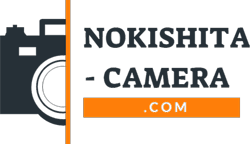
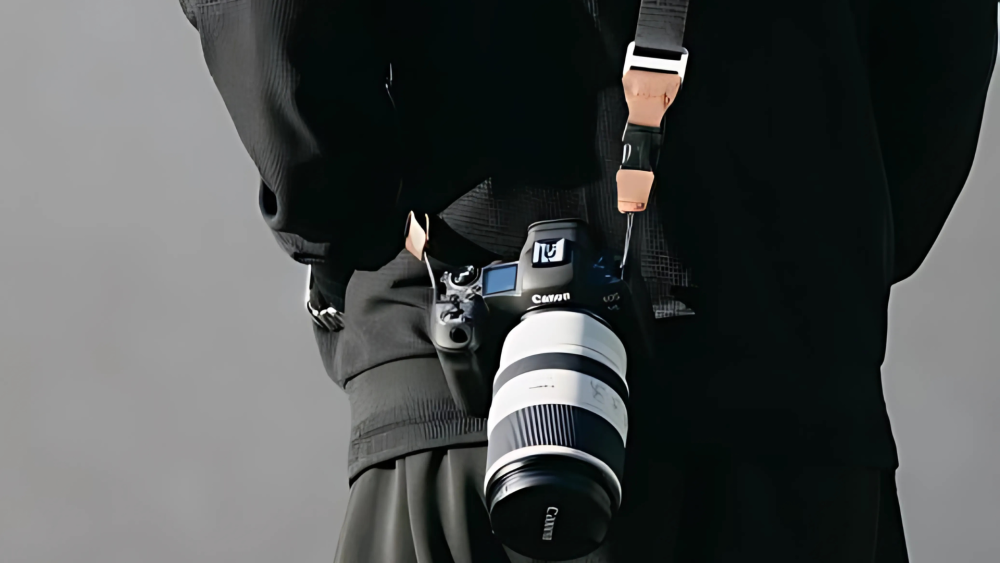
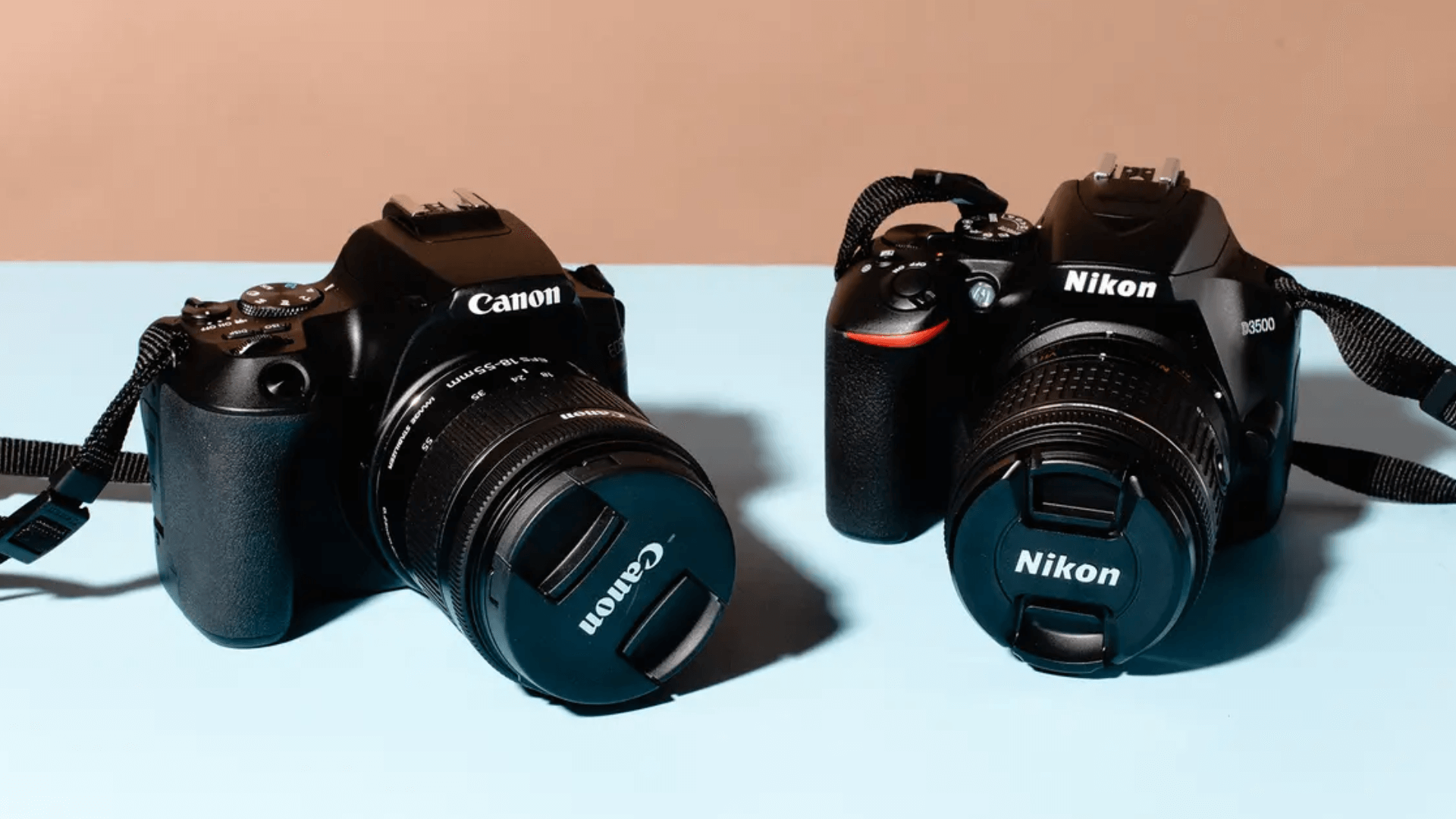
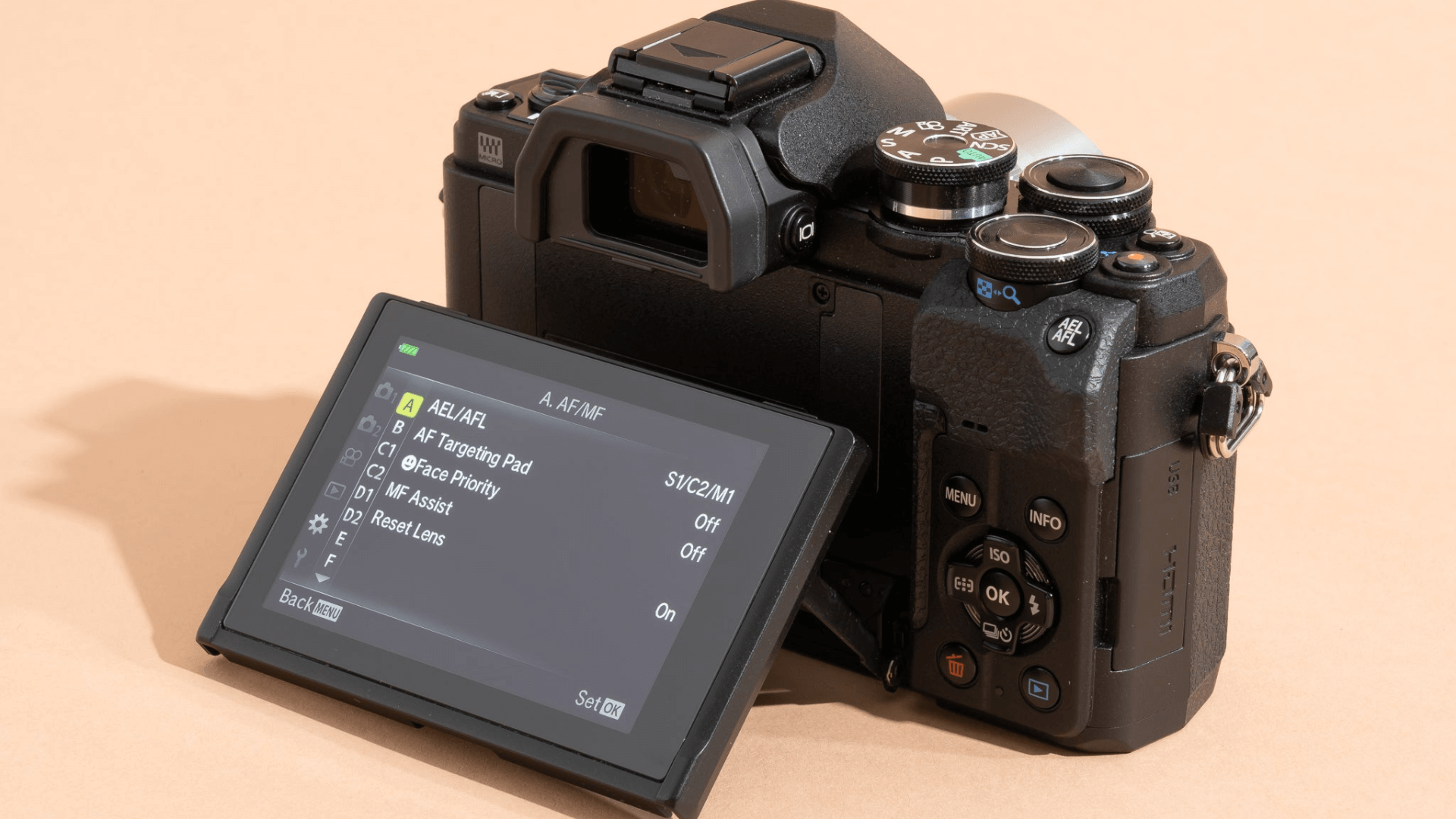

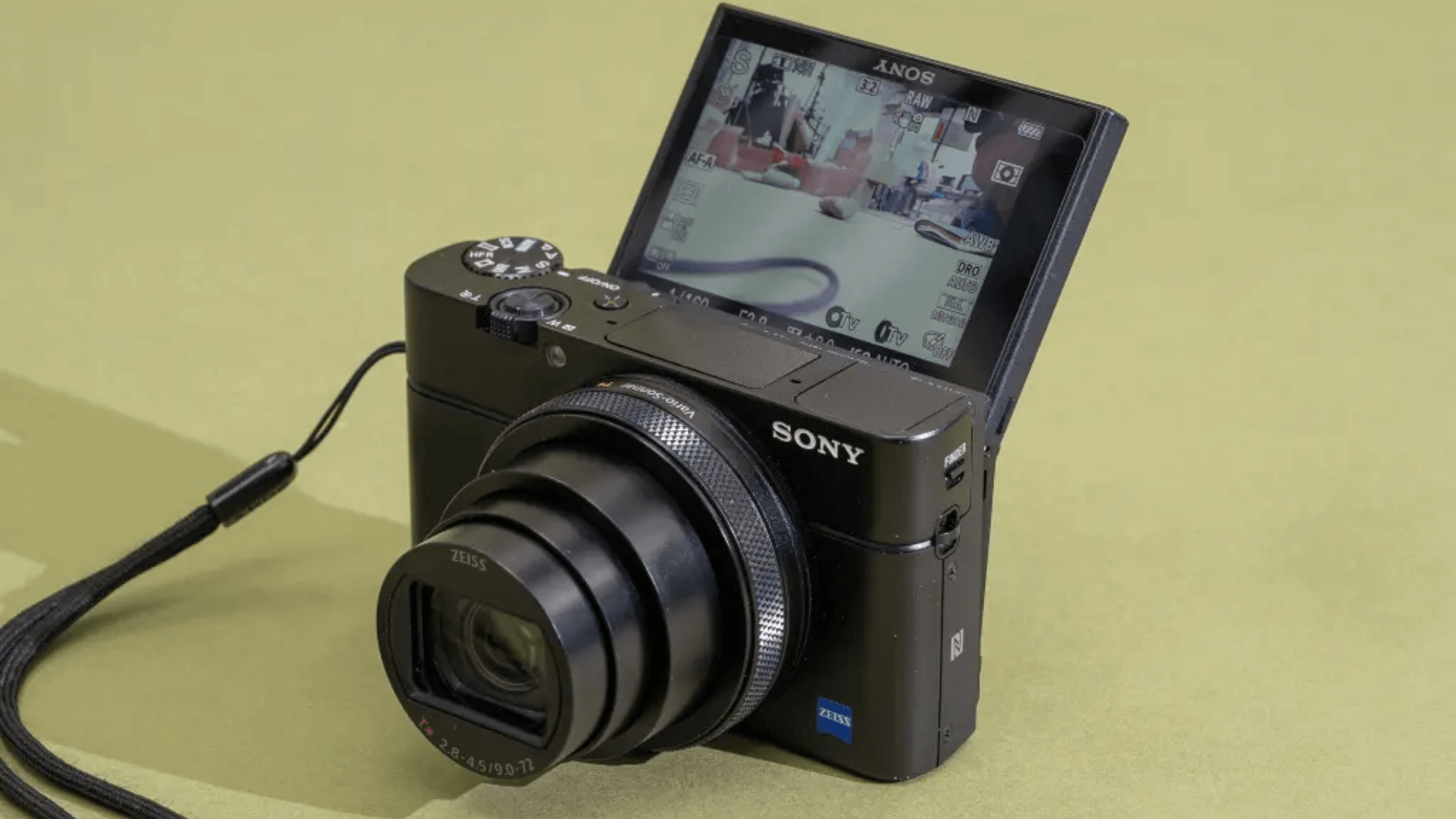
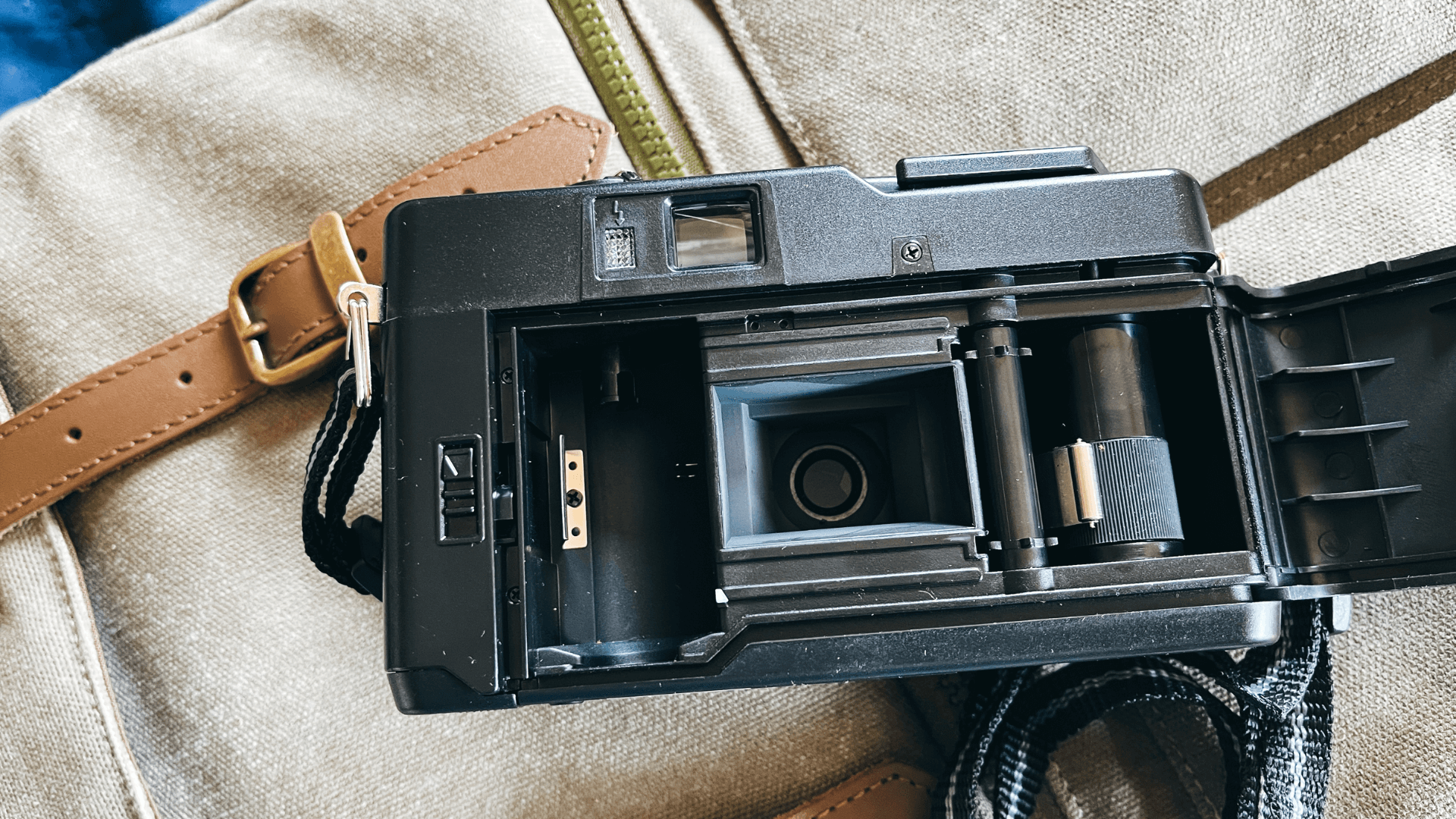
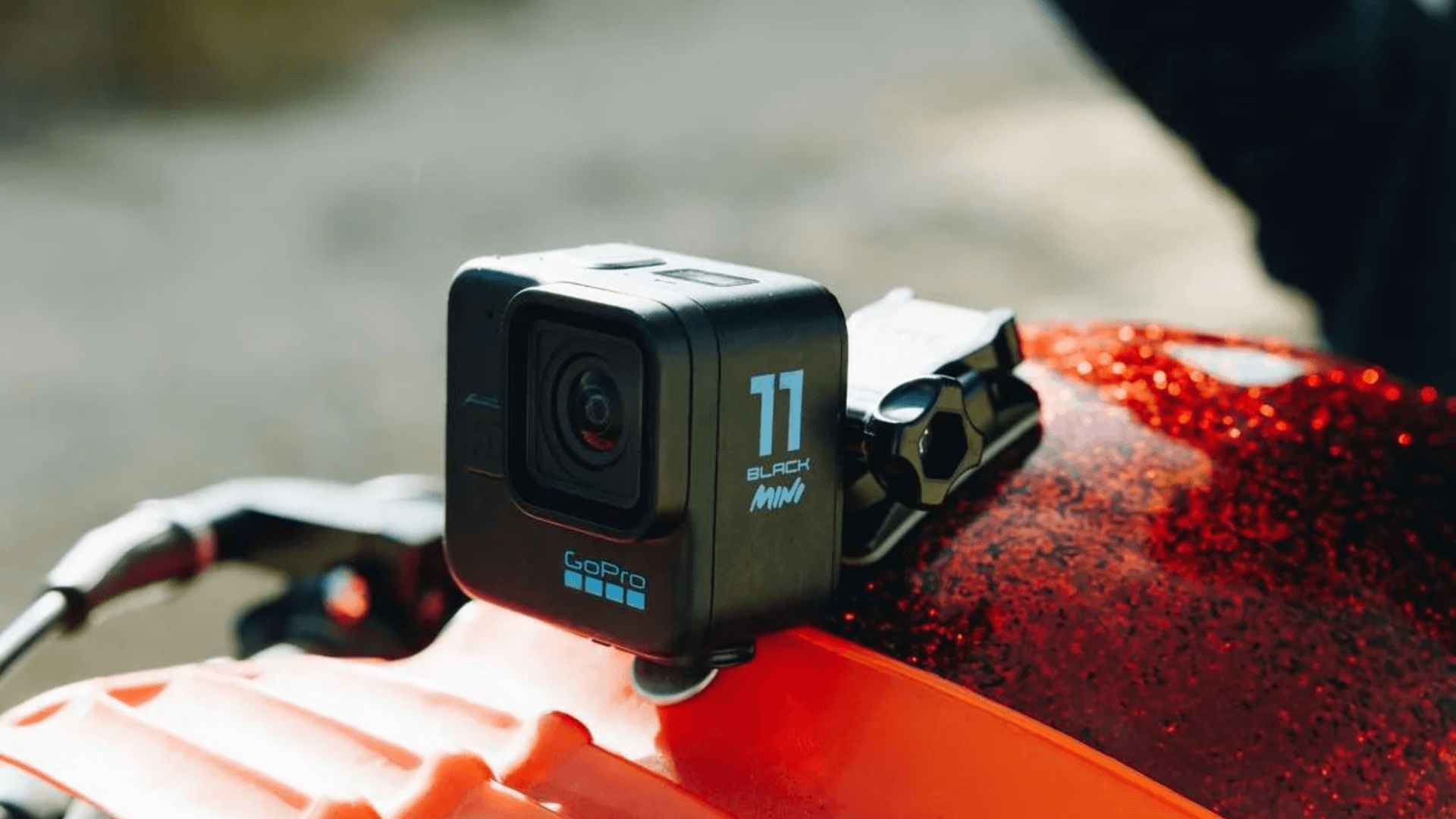
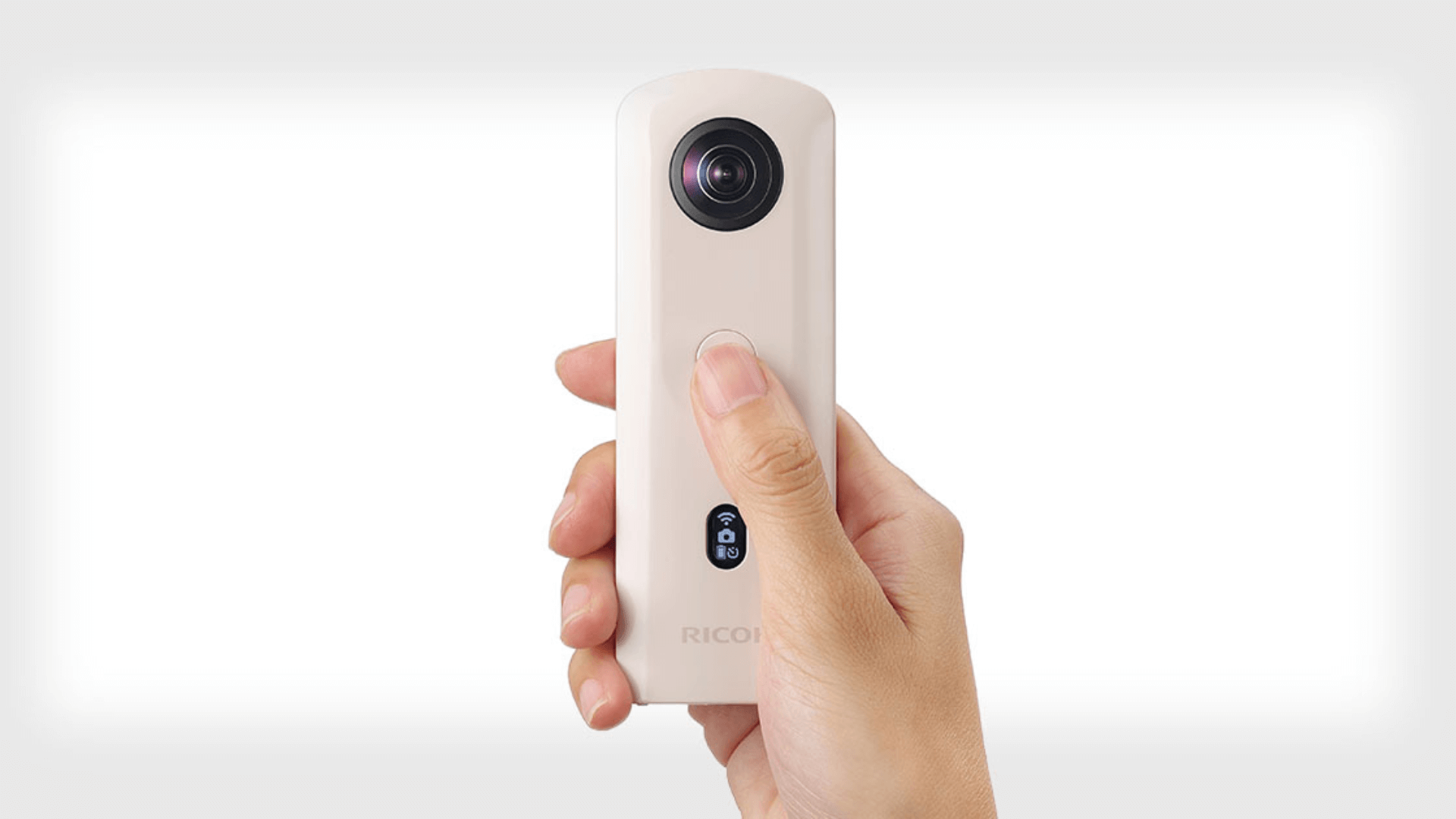
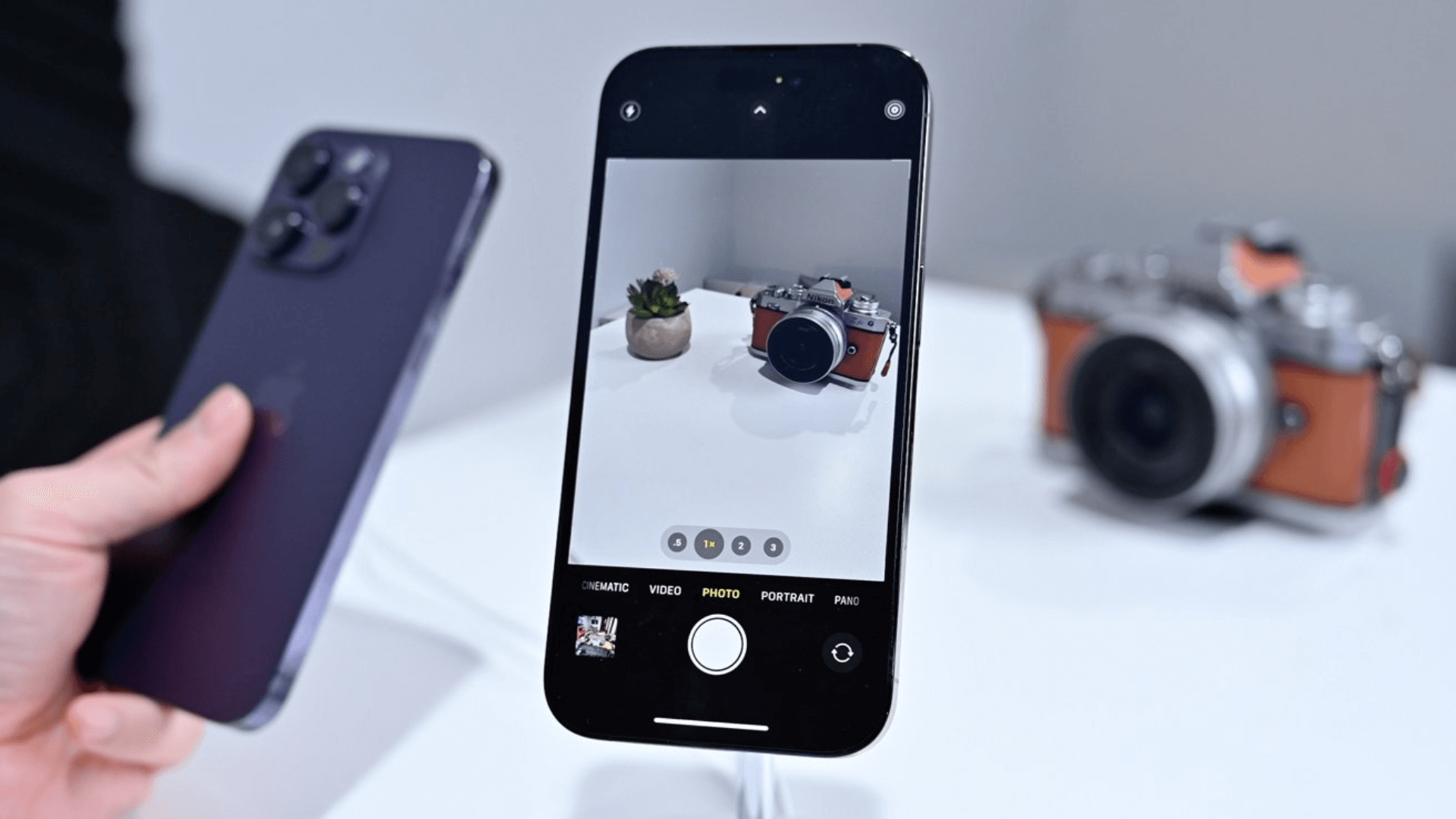
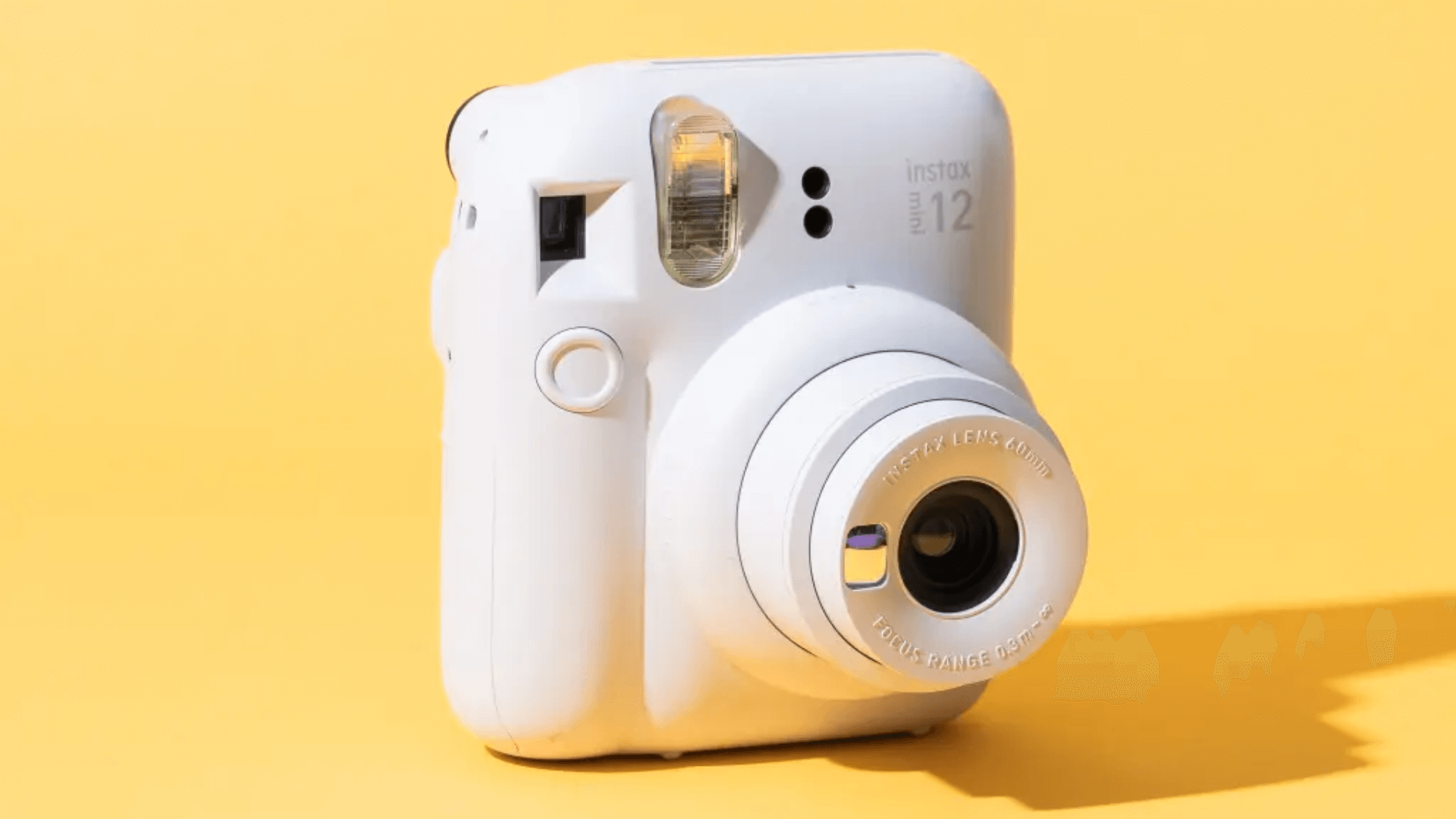
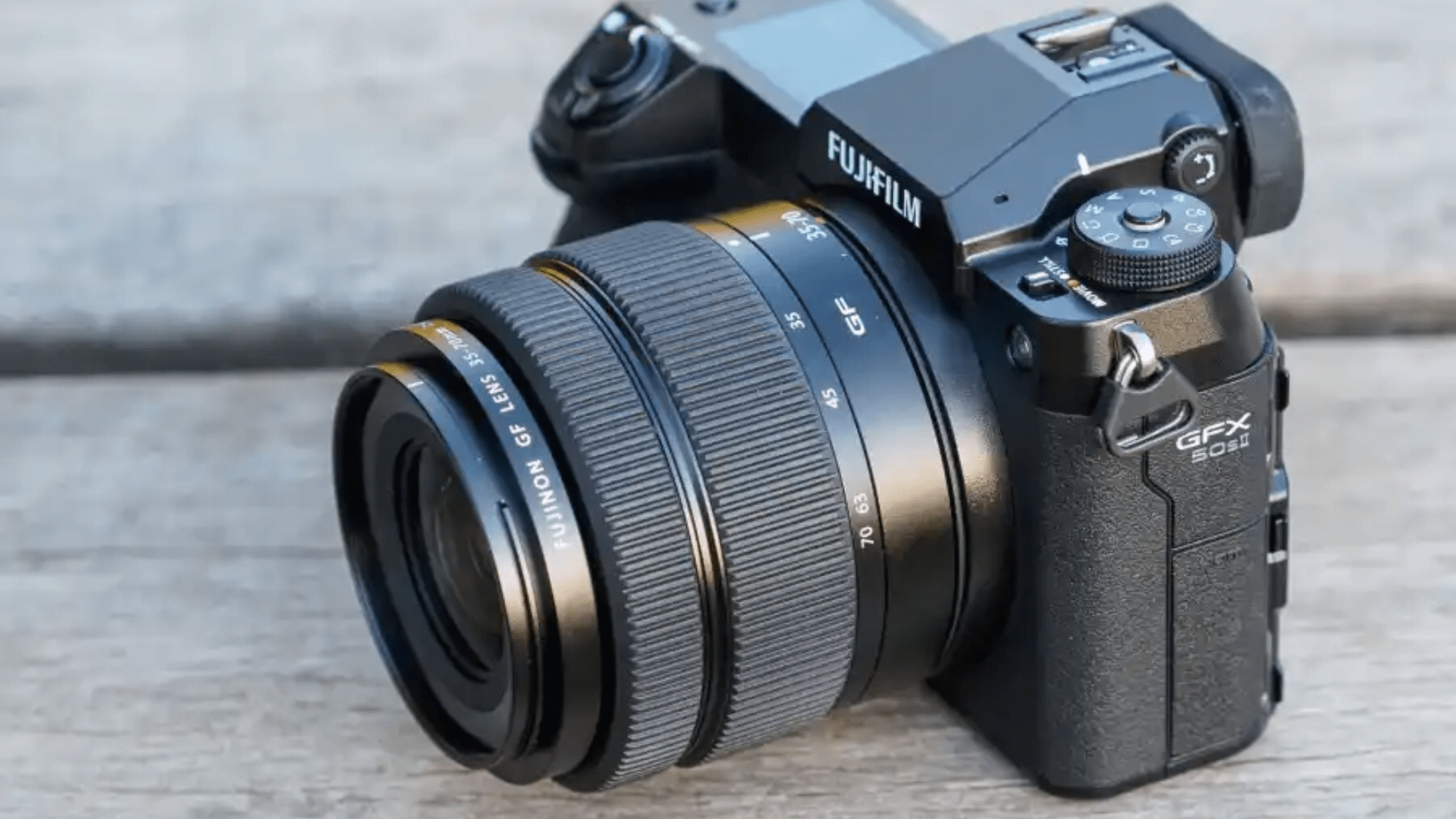
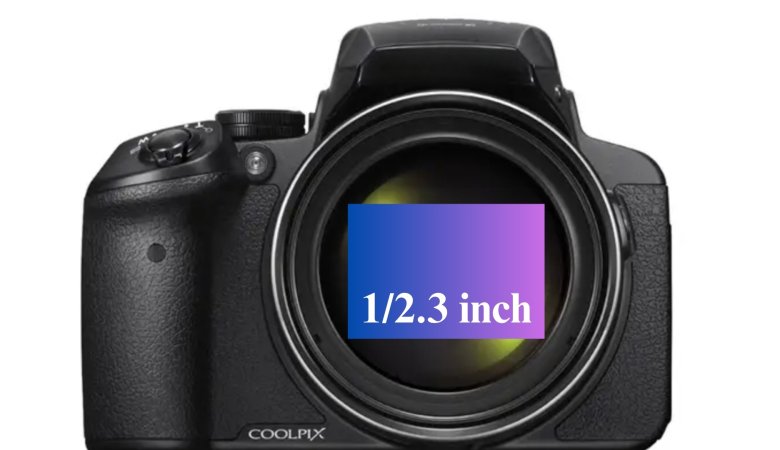

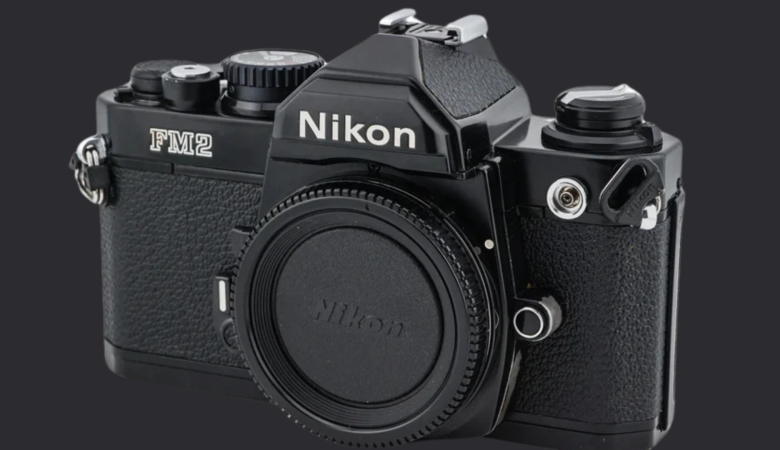
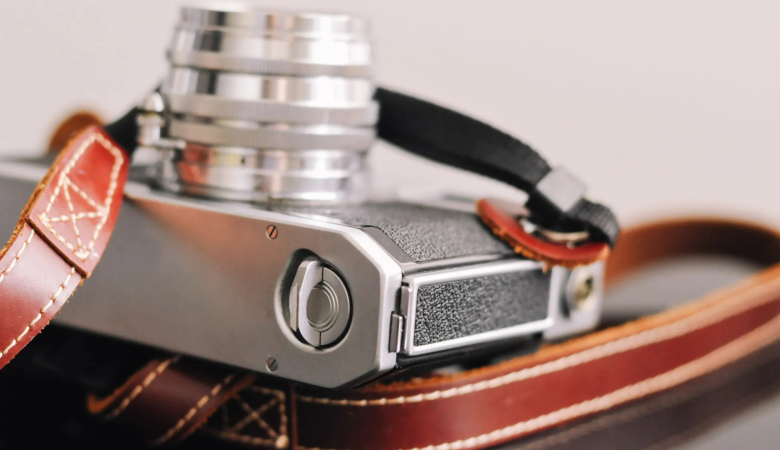
Leave a Reply